Biodiversity in Bhutan
With 72.5% of the country's total area covered with forests, Bhutan is one of those nations. In fact, to preserve this rich natural resource, it is made compulsory by the constitution of the country to keep at least 60% of the country's area under green cover for the future. Although it is small in terms of population and area size, one will find the most exotic varieties of flora and fauna in Bhutan, with more than 60% of the plant species in the Eastern Himalayas concentrated here. It is also one of the top ten biodiversity hotspots in the world.Flora of Bhutan - Rhododendrons and Orchids
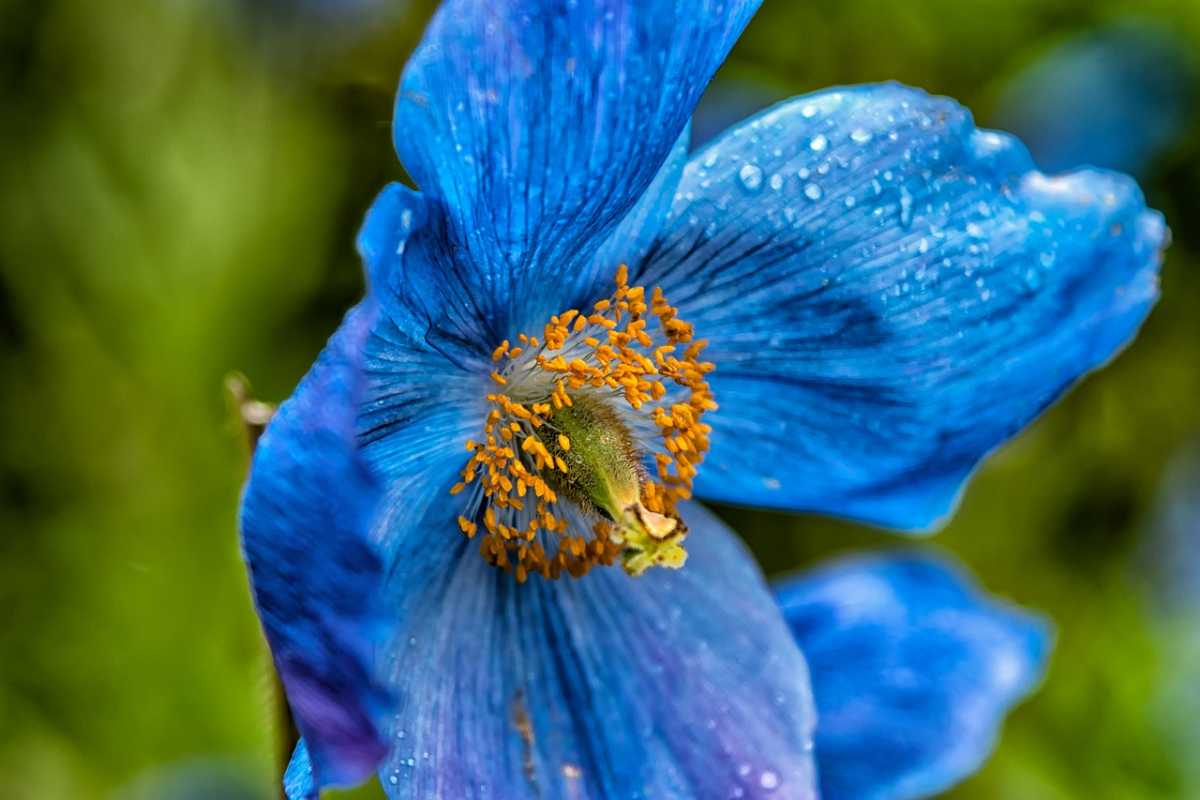
Source
Other commonly spotted flora of Bhutan includes the Pine, Daphne, Junipers, Orchids, Oaks, Magnolias, Giant Rhubarb and Gentian. There are 46 different species of Rhododendrons and around 360 species of orchids, which blossom in the country. And this diversity is gaining popularity from all over the world. Now even Europe has introduced more than 168 plant species from Bhutan in its union.
Fauna of Bhutan - Mammals, Reptiles and Insects
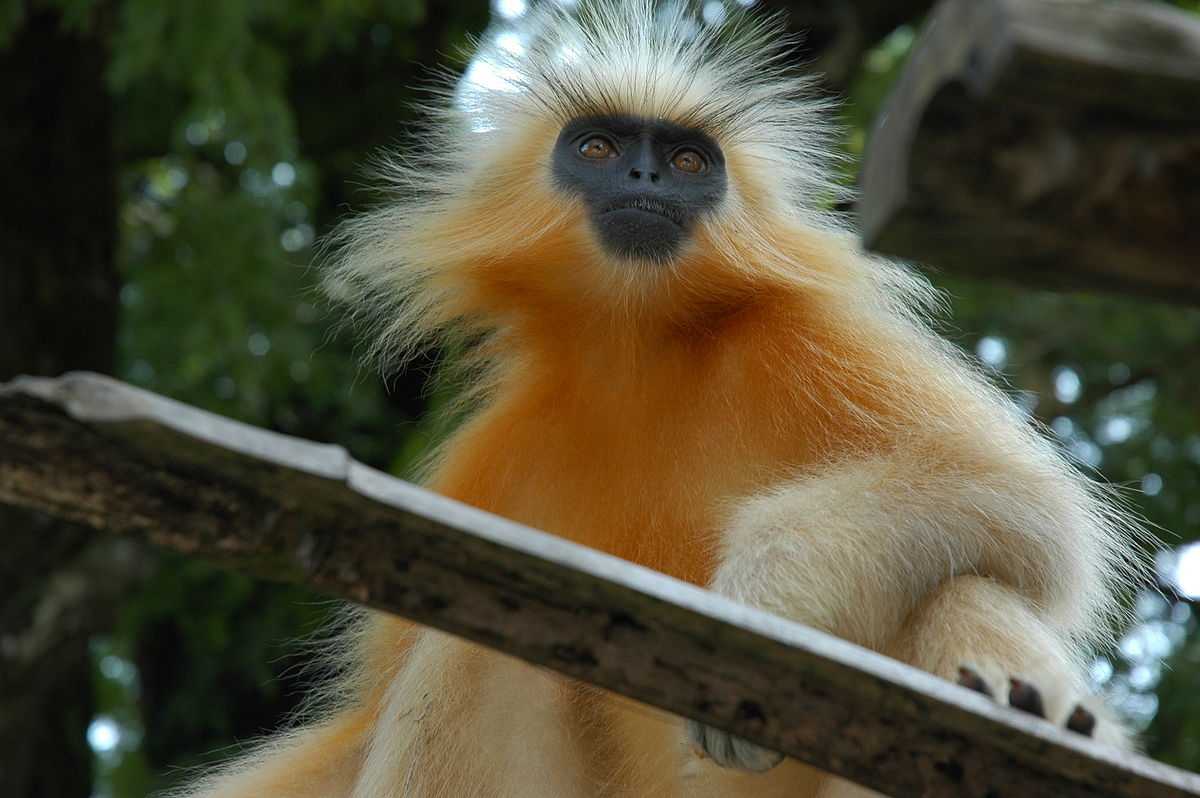
Source
In fact, locals believe that Yeti, a mythical creature whose existence has not been confirmed yet, also resides in the country, amidst the snowy mountains. Temperate zone houses Leopards, Grey Langurs, Himalayan Black Bears, Wild Pigs, Sambars, Barking Deers, Gorals etc. Elephants, Clouded Leopards, One-horned Rhinoceros, Golden Langurs, Swamp Deers etc reign in the tropical forests in the Southern region.
In fact, Golden Langur is an animal species which is unique to Bhutan. It can be seen along the shore of Manas River in the Southernmost part of the country. Royal Bengal Tigers are also found in the national parks and wildlife sanctuaries.
Birds Found in Bhutan
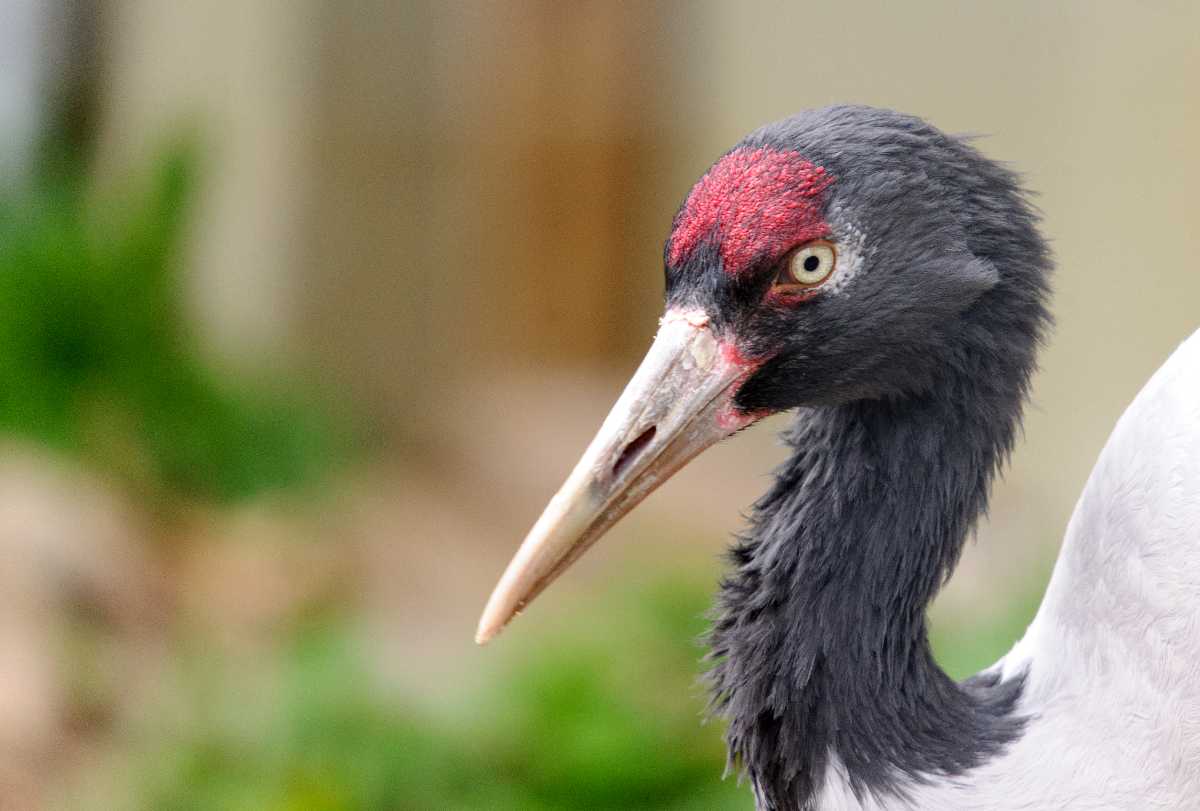
Source
A high percentage of these birds is dependent on the country's thick forest cover. Black-necked cranes, white-bellied heron, hornbills and pheasants are very few of the many species which can be found here. During winters, many beautiful birds migrate here from different parts of the world. There are almost 50 such species of birds and includes Thrushes, Waders, Ducks etc. White-bellied Heron, Pallas Fish eagle and Blyth's Kingfisher are few of the 16 endangered bird species which are found in here.
Tropical and Subtropical zones of the country house most of the population of birds. Higher altitudes do not witness many birds flying around. Only 94 bird species are found in the region lying above 4000 metres, against a total of 700 species which are found below 2000 metres.
Reptiles and Butterflies of Bhutan
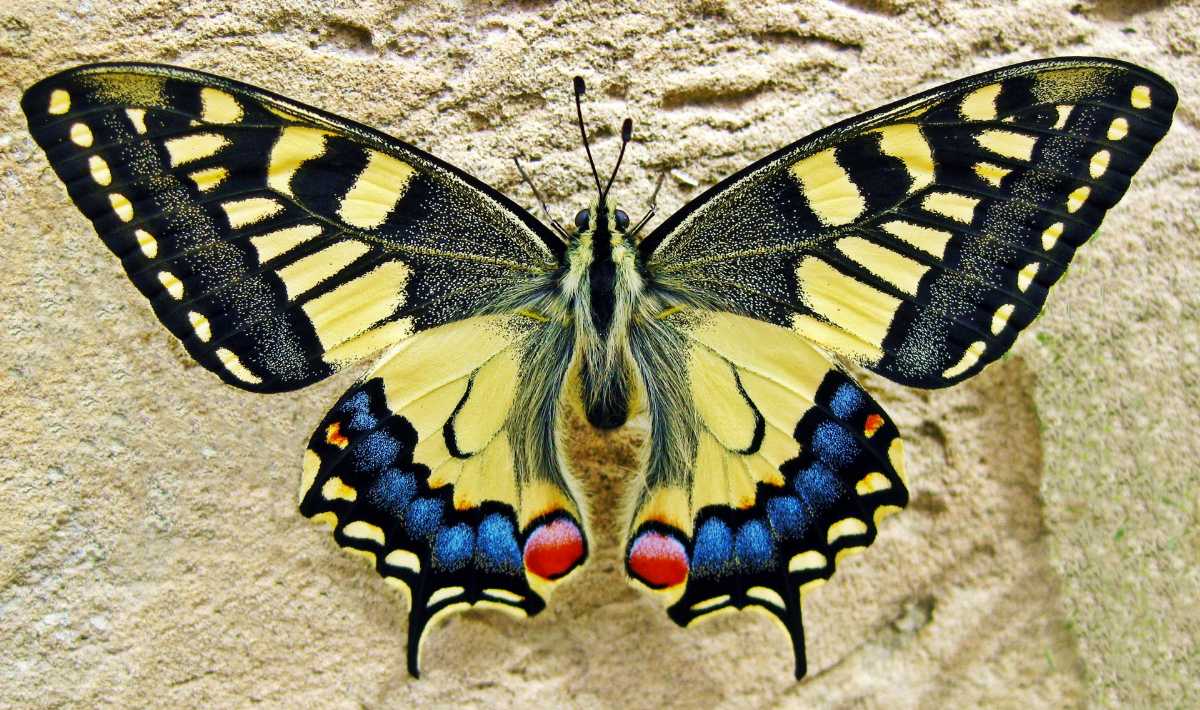
Source
Different Zones in the Country
According to the difference in altitude and geographical conditions, the country can be divided into:1. Alpine Zone: The region lying at an altitude of 4000 metres and above comes under the alpine zone. There is no forest cover at height this high.
2. Temperate Zone: The region lies at an altitude between 2000 and 4000 metres is termed as the temperate zone. The temperature remains moderate here and the weather is never too extreme. Conifer and broadleaf forests can be found here.
3. Subtropical Zone: Lying between a height of 150 and 2000 metres, Subtropical Zone has tropical and subtropical kind of vegetation.
Forest Ranges across Bhutan
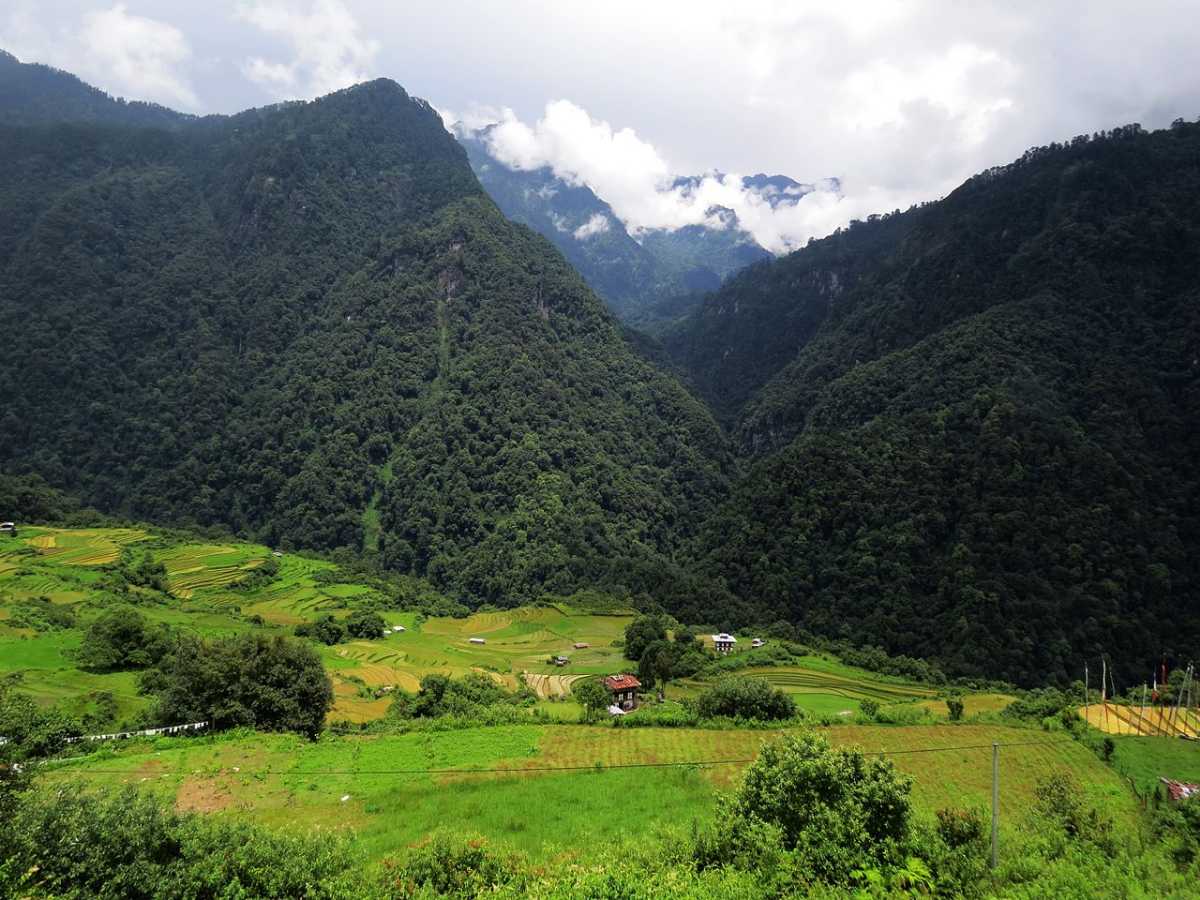
Fir Forests, for example, which require high precipitation, are found in areas ranging between 2700 and 3800 metres. Mixed Conifer Forests cover a significantly large area of the country and range between an altitude of 2000 and 27000 metres. Likewise, each area has a different variety of forest cover associated with it.
Conservation of Flora and Fauna in Bhutan
The country has it all, and it is working non-stop to preserve this rich diversity. To educate people, mostly youth, about the importance of forests and animals, Forestry Day is celebrated every year on 2nd June. On this day, each citizen plants a sapling. This practice has been introduced to keep in check the forest cover of the nation.There are 4 national parks and wildlife sanctuaries and 1 strict nature reserve in Bhutan, which protect the animals and plants. Poaching or hunting is strictly not allowed.
Given the wide variety of flora and fauna in Bhutan, it is no wonder why the nation ranks among the happiest countries in the world. It gives equal weightage and importance to its plants and animals, as it gives to its citizens. The efforts made by the government and the locals to protect this valuable natural resource are commendable and are a lesson for every other country in the world.
